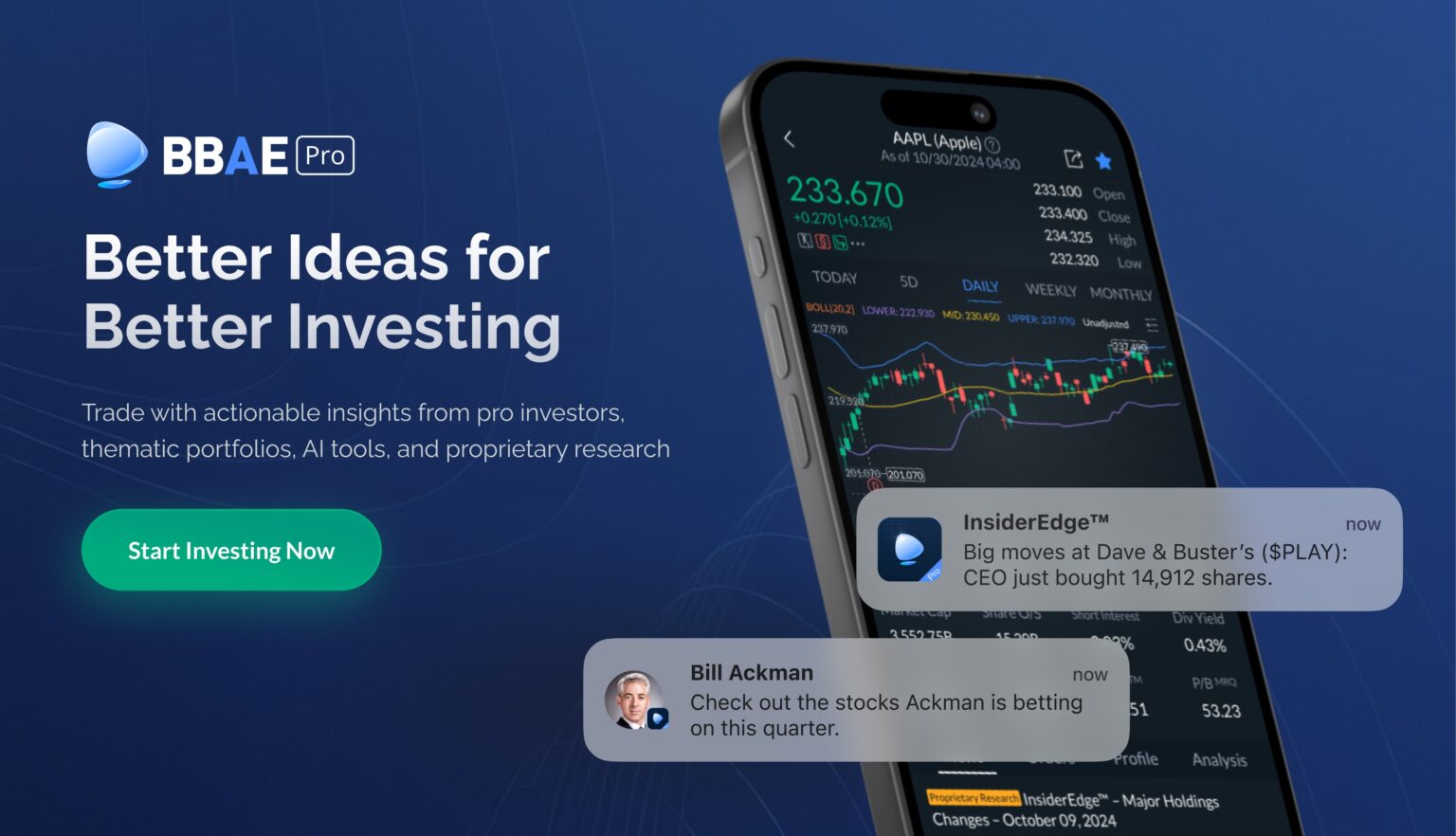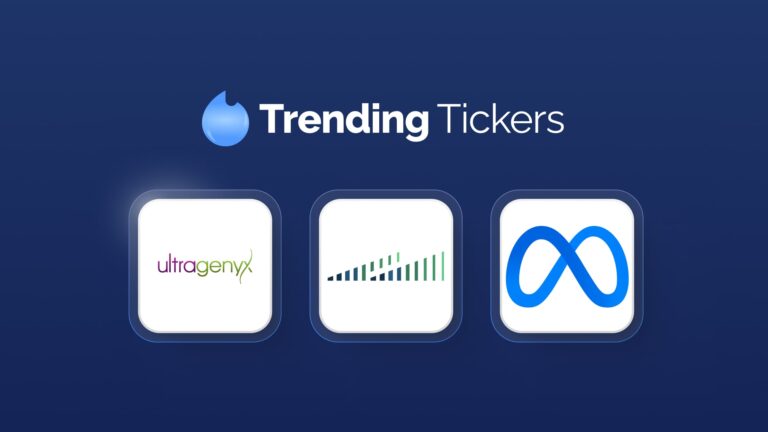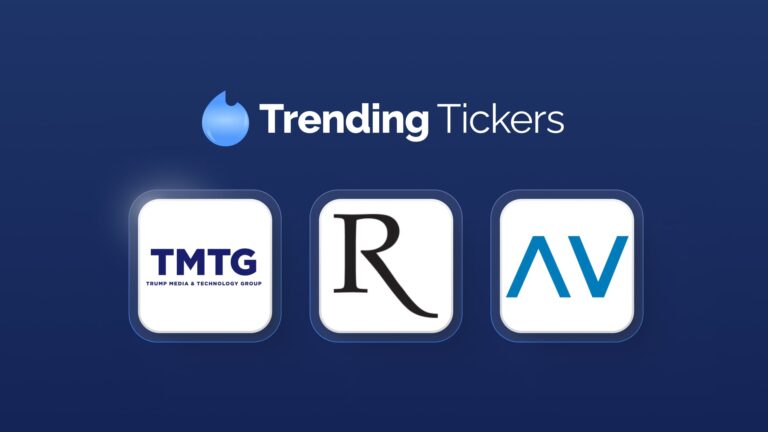Mid-Year 2025 U.S. Stock Market Review
The first half of 2025 was a story of two sharply contrasting quarters for U.S. equities. After a volatile Q1—driven by fears over rising interest rates and renewed tariff escalations—markets staged a strong V-shaped recovery in Q2, lifting major indices to fresh all-time highs by the end of June.
The S&P 500 ended the first half up approximately 5.5%, the Nasdaq Composite gained 7.5%, and the Dow Jones Industrial Average rose 4%. In contrast, small-cap stocks underperformed, with the Russell 2000 down about -2.42% for the period.
Early in the year, investor sentiment was rattled by policy uncertainties—particularly the return of aggressive trade tariffs—and rising bond yields. The Nasdaq even briefly dipped into bear market territory in April. However, a broad-based rally beginning in spring erased those losses and reignited bullish momentum. By July, U.S. indices had returned to record levels.
In this review, we’ll walk through the top-performing sectors, highlight the best and worst stocks in the S&P 500, take a look at the rebound in the IPO market, and cover the key trends every retail investor should be watching.
Trending Sectors in the First Half of 2025
Crypto Treasury Stocks: From MicroStrategy to a New Asset Class
The first half of 2025 saw the evolution of a powerful stock market theme: the rise of crypto treasury companies—publicly traded firms that hold large cryptocurrency reserves, effectively turning themselves into high-beta proxies for digital assets.
This trend was born in 2020 with MicroStrategy ($MSTR), whose massive Bitcoin purchases transformed it into a de facto Bitcoin ETF. But in 2025, the playbook scaled dramatically. MicroStrategy continued to grow its BTC reserves, topping 500,000 coins by Q1 (~$42B), and its stock rose ~30% in H1, tracking Bitcoin’s rally.
But the real shift came from a new wave of crypto-native public vehicles inspired by MicroStrategy, yet unconstrained by legacy businesses. One standout was Janover ($JNVR), which rebranded as DeFi Development Corporation ($DFDV) after former Kraken execs took control. The company transitioned into a Solana treasury vehicle, amassing 317,000+ SOL (~$48M) and operating validators to earn staking rewards—offering investors equity exposure to Solana’s ecosystem.
Another major debut came from Twenty One Capital, formed via SPAC ($CEP) with backing from Tether, SoftBank, and Strike’s Jack Mallers. Twenty One aims to be a full-fledged Bitcoin-native conglomerate—blending treasury exposure with broader adoption initiatives. It’s set to become the third-largest corporate Bitcoin holder globally.
eVTOL Stocks Get Government Backing
Electric air mobility stocks soared after President Trump signed an executive order in June to fast-track eVTOL regulation and testing. Companies like Joby Aviation ($JOBY), Archer Aviation ($ACHR), Eve Holding ($EVEX), and Blade Air Mobility ($BLDE) rallied sharply, with several notching gains of 25–60% during H1. The government’s commitment to urban air mobility removed regulatory overhangs and sparked renewed investor optimism. Archer even raised $850M shortly after the announcement, signaling strong institutional confidence. While the sector remains high-risk, the policy shift turned eVTOL from concept to investable theme.
Nuclear Revival: SMRs and Uranium Stocks Heat Up
Nuclear energy stocks had a breakout half-year as Washington threw its support behind the sector. A set of executive orders in late May aimed to streamline licensing, boost small modular reactor (SMR) development, and support domestic uranium mining. The result: uranium miners like $UEC, $UUUU, and $LEU spiked ~20%+ in a day, and SMR developers like NuScale ($SMR), Oklo ($OKLO), and Nano Nuclear Energy ($NNE) saw similar or greater surges. An index of nuclear/uranium stocks climbed over 21% YTD by June. With AI and crypto demand straining power grids, nuclear energy—once seen as outdated—reclaimed its place as a vital, long-term solution.
Standout S&P500 Stocks: Big Gainers and Decliners of H1 2025
The first half of 2025 saw some dramatic individual stock moves within the S&P 500. Below are some of the best and worst performers, along with their H1 price returns:
| Top S&P 500 Performers (H1 2025) | H1 Return | Worst S&P 500 Performers (H1 2025) | H1 Return |
| Palantir Technologies (PLTR) – AI & data analytics software | +81.3% | Deckers Outdoor (DECK) – Footwear (UGG, Hoka) | –49.6% |
| NRG Energy (NRG) – Utility & power producer | +73.1% | Enphase Energy (ENPH) – Solar technology | –44.4% |
| Howmet Aerospace (HWM) – Aerospace components | +68.0% | UnitedHealth Group (UNH) – Health insurance | –38.2% |
Top Gainers: Why They Soared
Palantir Technologies ($PLTR)
Palantir was one of the breakout stories of 2025. The AI-driven data analytics firm gained over 80% in H1 thanks to a powerful combination of hype and fundamentals. The company delivered blowout Q4 and Q1 earnings, raised full-year guidance, and highlighted strong adoption of its AI platforms. Profitability and upward momentum in guidance gave the rally real substance.
NRG Energy ($NRG)
NRG surged between 73% and 82% by mid-year, including a single-day 24% spike in May after announcing a $12 billion acquisition of power-generation assets. Management pitched the deal as a bet on the looming “electricity demand supercycle,” fueled by AI, crypto, and air conditioning needs. First-quarter earnings rose 47% year-over-year, reinforcing the bullish case. This made NRG one of the most electrifying trades of the first half.
Howmet Aerospace ($HWM)
Howmet’s +68% run was powered by a booming aerospace cycle. The company supplies jet engine parts for both commercial and military aircraft. Commercial aerospace revenue rose 9% YoY in Q1, while defense-related sales jumped 19%, driven by strong demand for fighter jet components. Add in buybacks and dividend increases, and investors had plenty of reasons to reward the stock.
Big Decliners: Why They Dropped
Deckers Outdoor ($DECK)
Deckers, best known for UGG boots and Hoka shoes, dropped nearly 50% in H1. After years of fast growth, Hoka sales began to slow just as new import tariffs and margin pressures emerged. Increased discounting and weakness in direct-to-consumer sales also weighed on profitability. Management turned cautious, and the market responded swiftly.
Enphase Energy ($ENPH)
Enphase fell ~44% as the residential solar market faltered. Rising interest rates and expired subsidies made solar systems less attractive to homeowners. Enphase’s revenue fell 42% year-over-year in 2024, and earnings misses mounted. On top of that, newly announced U.S. tariffs on imported battery cells (up to 3,500%) are expected to hurt margins until the company can shift more production domestically.
UnitedHealth Group ($UNH)
UNH, usually considered a defensive stock, fell 38% in the first half as post-pandemic healthcare utilization surged. Seniors caught up on delayed treatments, driving up medical claims. The company raised its medical cost outlook, suspended its 2025 earnings guidance, and went through a surprise CEO reshuffle—bringing back former CEO Stephen Hemsley. These moves shook investor confidence, wiping out nearly half the company’s market cap from its peak.
IPO Market Resurgence in 1H 2025
After a very quiet 2022–2023, the U.S. initial public offering (IPO) market finally showed signs of life in the first half of 2025. Activity picked up meaningfully—so much so that Nasdaq overtook the NYSE in total IPO fundraising. Nasdaq hosted 79 traditional IPOs in H1, raising approximately $9 billion—more than half of all U.S. IPO proceeds—compared to just 15 IPOs raising $7.8 billion on the NYSE.
Including SPACs (special-purpose acquisition companies), total new listing proceeds were even higher. This marks a major improvement over the same period last year, when economic uncertainty sidelined most would-be issuers.
Several high-profile deals signaled renewed investor appetite for new issues. The largest U.S. IPO of H1 2025 was Venture Global LNG ($VG), a Louisiana-based liquefied natural gas exporter, which raised $1.75 billion on the NYSE. The offering was widely viewed as a bellwether for energy companies returning to equity markets.
Close behind was CoreWeave ($CRWV), a cloud computing firm backed by NVIDIA, which raised $1.5 billion in its June debut. SailPoint ($SAIL), a cybersecurity software provider, also went public, raising around $1.38 billion. $CHYM, the long-anticipated IPO of fintech neobank Chime, launched on Nasdaq to strong investor demand. Another standout was Circle ($CRCL), the blockchain-based payments company, which delivered a remarkable post-IPO performance and drew significant attention from both crypto and fintech investors.Overall, U.S. IPO proceeds in H1 2025 were up sharply year-over-year, suggesting a meaningful thaw in what had been a long-frozen new-issue market.
This article is for informational purposes only and is neither investment advice nor a solicitation to buy or sell securities. All investment involves inherent risks, including the total loss of principal, and past performance is not a guarantee of future results. Always conduct thorough research or consult with a financial expert before making any investment decisions. BBAE has no position in any investment mentioned.














